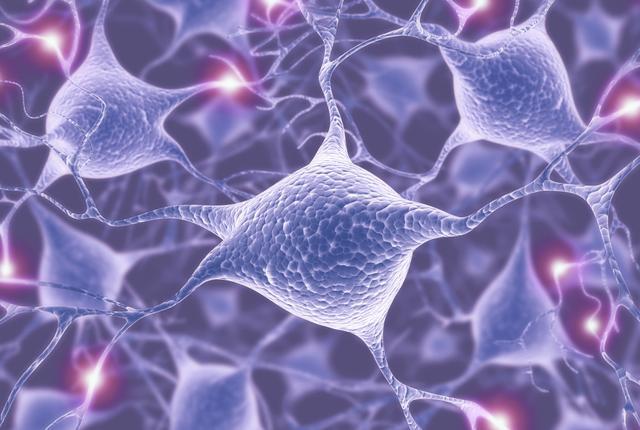
Neurons that track, regulate blood-sugar levels are found
This discovery may help doctors reduce blood-sugar levels in patients with diabetes by targeting neurons in the brain.Media Contact: Barbara Clements, 253-740-5043, bac60@uw.edu

New research has discovered neurons within the brain which detect and respond to changes in the level of sugar within the bloodstream.
Understanding how this blood-sugar detection system works and how these neurocircuits operate would give researchers and doctors greater insights into how our brains regulate our blood sugar and, perhaps, how to target them therapeutically to treat metabolic diseases like diabetes and obesity, according to the study authors.
The study was published June 22 online in Diabetes, a research journal of the American Diabetes Association.
“We’ve known for a long time that many neurons can detect sugar locally within the brain,” said Dr. Michael Schwartz, an endocrinologist with the University of Washington School of Medicine and co-director of the UW Medicine Diabetes Institute. “What is new, however, is the evidence that a subset of neurons located in the hypothalamus can sense and respond to sugar in the bloodstream itself, analogous to the cells in the pancreas that secrete insulin.”
In this study, researchers were able to monitor both blood-sugar levels and the activity of neurons within the hypothalamus of conscious mice in real time. They found that when blood sugar levels rise, the activity of this subset of neurons decreases rapidly. Researchers speculate that these neurons detect and respond to variation in blood sugar transmitted by sensory neurons that supply the vasculature (rather than sugar levels in the brain, which change much more slowly), Schwartz noted. This sensory information is then transmitted to one or more neurocircuits that control the blood sugar level in conjunction with the pancreas, which produces insulin for the body.
Clinically, this is important because when treating patients with diabetes, clinicians often find that the patients’ system is actively maintaining an elevated blood-sugar level, presumably “because that’s where the brain thinks the blood sugar level is supposed to be,” Schwartz said.
“For example, if a normal blood sugar is 100, a patient with diabetes may well have a blood sugar above 300," he said. “If it’s been at that elevated level for days or weeks, and if you suddenly lower it back to 100, the brain will think that’s too low, and will try to increase blood-sugar level again.”
This evidence that diabetes is associated with an impaired ability of the brain to sense the blood-sugar level suggests that in the future, reversing this type of sensing defect may allow the brain to control blood sugar in a more appropriate way, Schwartz concluded.
This work was supported by National Institutes of Health National Institute for Diabetes, Digestive and Kidney Diseases grants R01DK101997 and R01DK083042, R01DK089056 and DK124238 (G.J.M), R03 DK128383 (JMS), the NIH-NIDDK funded Nutrition Obesity Research Center (NORC; P30DK035816) and Diabetes Research Center (DRC P30DK017047), the Diabetes, Obesity and Metabolism (T32DK007247) and Nutrition, Obesity and Atherosclerosis (T32HL007028) training grants, the National Institute of Mental Health (P50MH106428), an American Diabetes Association Innovative Basic Science Award (ADA 1-19- IBS-192), a Department of Defense Grant (W81XWH2110635) and by research funding provided by Novo Nordisk.
The authors’ conflict-of-interest statements are in the published paper, which will be provided to journalists upon request.
For details about UW Medicine, please visit https://uwmedicine.org/about.